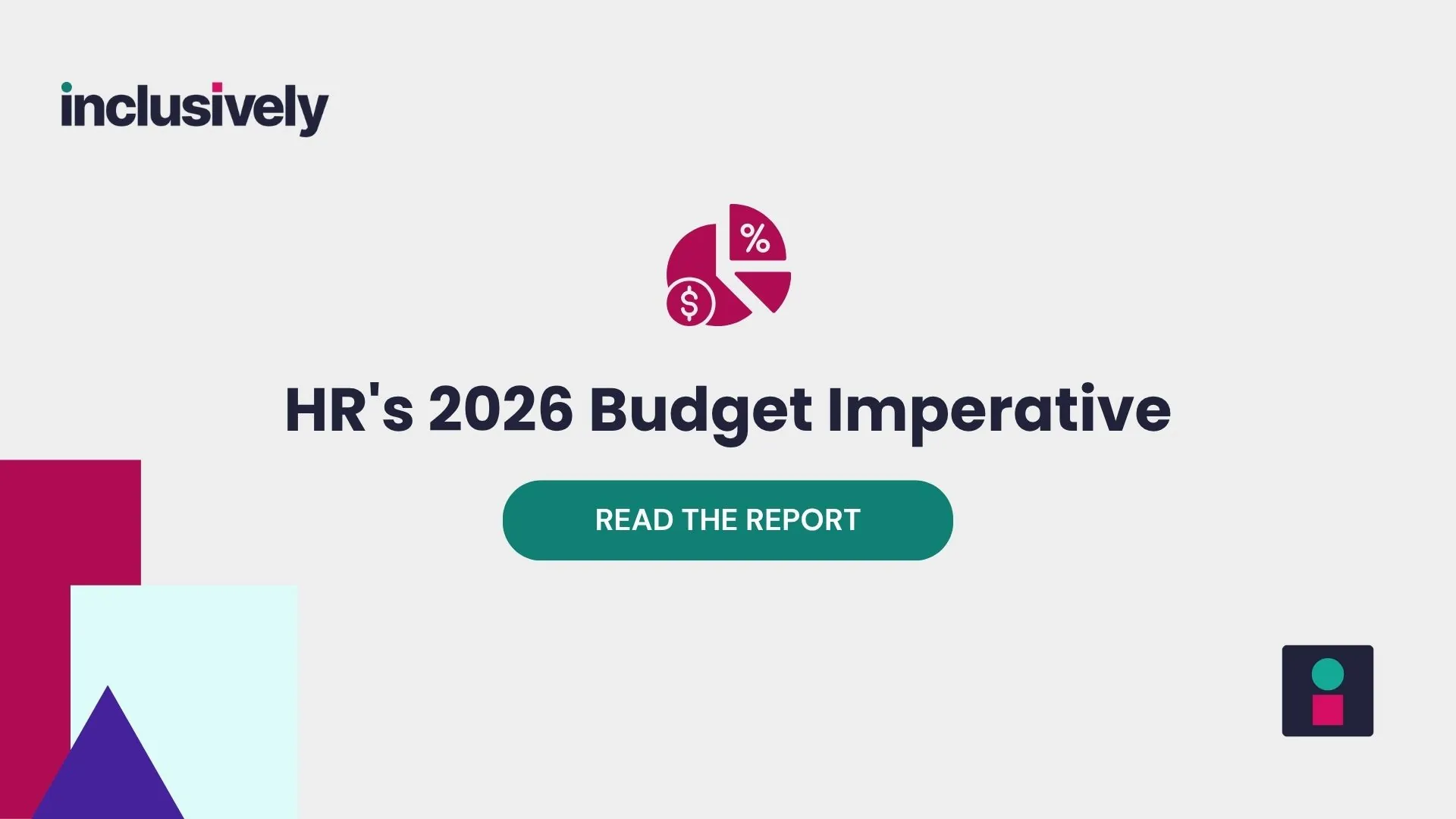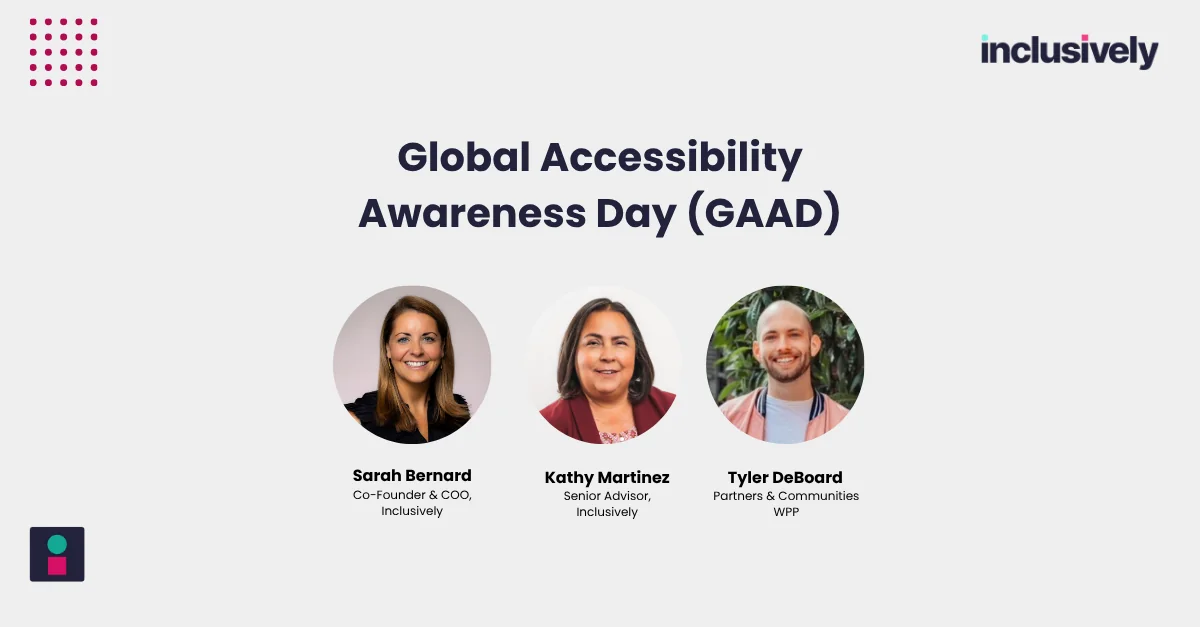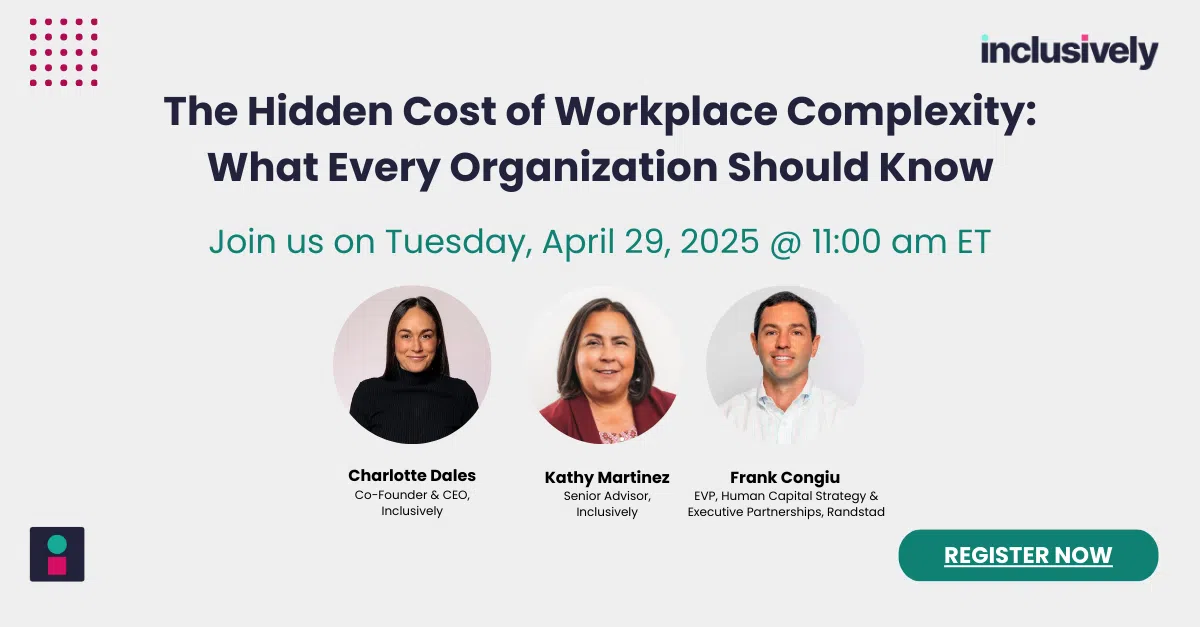Diversity, Equity, and Inclusion (DEI) have gradually evolved from mere buzzwords to integral facets of progressive organizational cultures. Historically, workplaces often reflected limited demographics, with homogeneity being the unintentional standard.
Over time, with globalization, societal changes, and increased awareness, organizations recognized the imperative need for diversity, both morally and for tangible business outcomes. Not only does a diverse workforce bring varied perspectives leading to innovative solutions, but it also mirrors the diverse customer base that businesses serve today.
As DEI’s significance has surged, so has the role of technology in magnifying these efforts. Leveraging technology not only accelerates DEI initiatives but also refines and personalizes them, ensuring more individuals feel seen, heard, and valued in the workplace. Today, as we stand at the intersection of DEI and technology, it’s inspiring to witness how they collaboratively shape the future of work
The Need for DEI in Today’s Workplace
In the dynamic landscape of today’s business world, DEI is more than just a noble idea—it’s a strategic necessity. Diverse teams bring varied perspectives, leading to richer ideas and innovative solutions that cater to a global clientele. Furthermore, organizations that prioritize DEI are better positioned to attract and retain top talent, as a diverse and inclusive environment fosters a sense of belonging and value. On the moral front, championing DEI is the right thing to do.
Everyone, regardless of their background, deserves equal opportunities and an environment free from discrimination. By embracing DEI, businesses not only boost their bottom line but also stand as beacons of fairness and equality in a society yearning for change.
Technological Innovations Driving DEI
As companies strive to enhance their DEI initiatives, technology emerges as a pivotal player in transforming aspirations into tangible results. By harnessing the power of various tech tools, organizations can ensure that DEI isn’t just a part of their ethos but is embedded in every operation, interaction, and outcome.
Digital Platforms for Inclusive Hiring
Enter platforms like Inclusively. Designed to cater to job-seekers with diverse needs, including those with disabilities, these platforms revolutionize the hiring process. By integrating advanced algorithms, such platforms ensure that the hiring process remains free from biases. They match potential candidates not just based on qualifications but also on the specific accommodations they might require, ensuring a seamless integration into the workplace. Inclusively, for instance, leads the charge by creating a bridge between talented individuals and forward-thinking employers who value diversity and inclusivity.
Real-time Personalization & Adaptive Workspaces
In the age of digital transformation, real-time personalization tools are changing the game. These tools, often backed by AI, analyze individual employee needs and adapt workspaces accordingly. Whether it’s software that adjusts its interface based on a user’s visual needs or communication tools that cater to varied linguistic and auditory requirements, technology ensures everyone feels included. AI plays a crucial role in analyzing diverse needs, making suggestions, and ensuring adaptive solutions are implemented efficiently.
Virtual Reality (VR) and augmented Reality (AR) for Empathy Training
Imagine stepping into someone else’s shoes, literally. VR and AR have made this possible. Companies are now using these technologies to simulate experiences that allow employees to understand the challenges their colleagues might face. By walking a mile in their shoes, so to speak, employees can foster genuine empathy. For instance, a multinational tech company recently utilized VR to simulate the experience of attending a meeting as an individual with hearing impairment, giving participants a firsthand understanding of the challenges and prompting them to be more inclusive in their interactions.
Data Analytics for DEI Metrics and Growth
The saying, “What gets measured gets managed,” holds true for DEI. With the aid of data analytics, companies can now gain insights into where they stand in terms of diversity, equity, and inclusion. These tools allow businesses to set clear DEI benchmarks, monitor their progress, and make necessary adjustments.
By visualizing data, decision-makers can identify patterns, celebrate successes, and address areas of improvement. When coupled with the power of technology, the path to achieving DEI goals becomes more defined, actionable, and impactful.
The Challenges & Ethical Considerations
As with any transformative movement powered by technology, there are valid concerns and ethical considerations that organizations need to address while leveraging tech for DEI.
Data Privacy & Security
In the case of DEI tech tools, user privacy is paramount. As platforms gather information on individual needs and accommodations, the question arises: How secure is this data? Concerns about unauthorized access or misuse can be unnerving for users. It’s imperative for DEI tech platforms to have robust encryption and security protocols.
Organizations must prioritize transparency about data collection, storage, and usage. Ensuring data security isn’t just about legal compliance; it’s about building trust. When individuals trust that their data is safe, they’re more likely to engage genuinely with DEI initiatives.
Avoiding Over-reliance on Tech
While technology can significantly boost DEI efforts, the essence of diversity, equity, and inclusion is deeply human. We must tread cautiously to ensure that technology serves as an enabler and not a replacement. No algorithm can fully grasp the nuances of human emotions, experiences, and individual stories. Thus, it’s crucial that organizations maintain a balance. Technology should complement human-driven DEI strategies, fostering an environment where machines provide tools and insights, but humans shape the narrative, ensuring authenticity, understanding, and genuine connection.
The Way Forward: Inclusively’s Contribution to Tech-driven DEI
In this journey towards a more inclusive workplace, we at Inclusively are at the forefront, championing tech-driven DEI solutions. By blending technology with empathy, our platform reshapes the employer-employee dynamic, delivering real-time personalizations to enrich individual work experiences.
But we’re more than just a platform; we’re agents of change. We customize workplaces, ensuring every employee feels valued and accommodated each day. From our Retain platform that focuses on consistent employee experience, to tools that deliver instant personalizations, Inclusively brings immediacy to DEI – making inclusivity a real-time reality, not just an aspiration.
Our commitment goes beyond features. We initiate dialogue, nurture understanding, and foster community, all while using cutting-edge technology to drive significant business outcomes. By prioritizing fulfilling, adaptable, and inclusive employee experiences, we’re setting the standard for the future of work.
Conclusion
The union of tech and DEI paints a promising canvas for the future of workplaces. As these domains intertwine, we envision a horizon where technology relentlessly amplifies DEI initiatives, fostering workplaces that are not just diverse, but truly inclusive and equitable for all.


